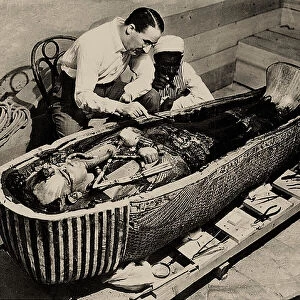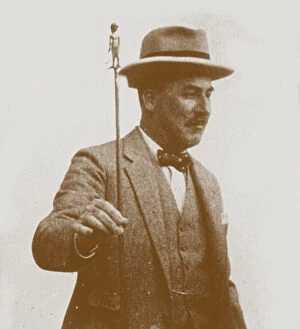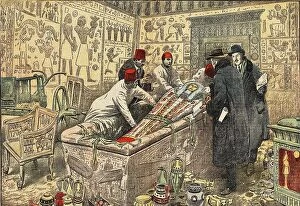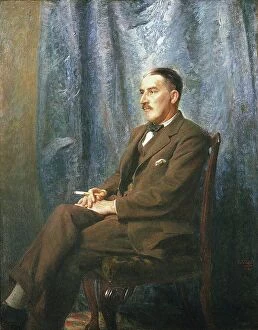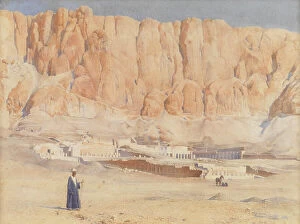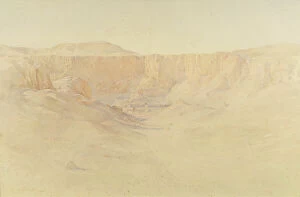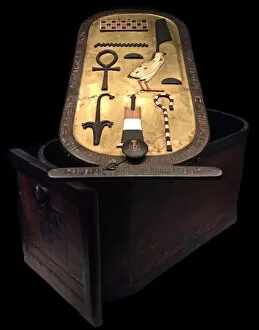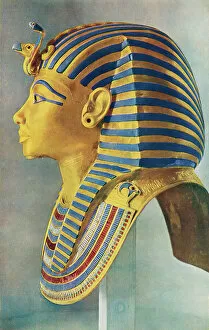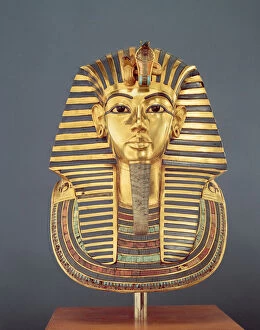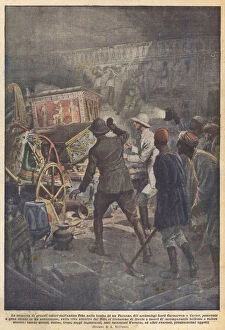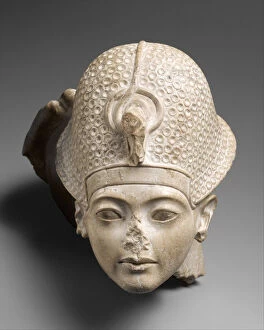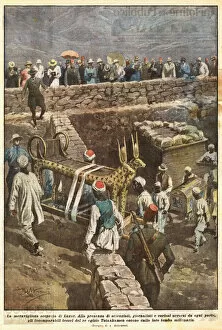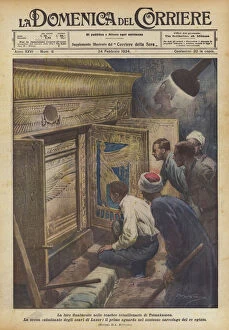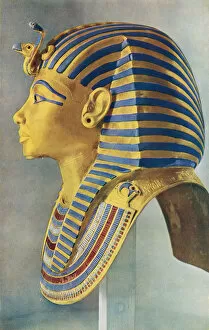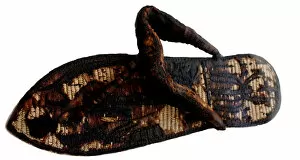King Tut Collection
"Unveiling the Golden Pharaoh: King Tutankhamun's Reign and Legacy" Step back in time to ancient Egypt, where a young Pharaoh ruled with power and mystique
For sale as Licensed Images
Choose your image, Select your licence and Download the media
"Unveiling the Golden Pharaoh: King Tutankhamun's Reign and Legacy" Step back in time to ancient Egypt, where a young Pharaoh ruled with power and mystique. Tutankhamun, the Egyptian pharaoh of the 18th dynasty, captivated the world with his short but significant reign from c. 1332 BC - 1323 BC. His story came alive through remarkable discoveries that shed light on his life and afterlife. One such discovery was the solid gold portrait mask that covered King Tut's mummy's head. This exquisite masterpiece showcased intricate craftsmanship and symbolized his divine status as a ruler. It became an iconic representation of ancient Egyptian artistry. In 1922, archaeologist Howard Carter unearthed the hidden treasures within the Valley of the Kings, including Tutankhamun's tomb. The third mummy-shaped sarcophagus held secrets waiting to be unraveled by Carter's careful examination. Each artifact revealed glimpses into a civilization long gone but not forgotten. Among these artifacts was Tutankhamun's funerary mask, crafted during Egypt's New Kingdom era (c. 1370-1352 BC). Its beauty surpassed time itself as it adorned its owner for eternity. The astonishing discovery didn't stop there; great treasures from ancient Thebes were found within this sacred burial site. These precious relics provided invaluable insights into daily life during Tutankhamun’s reign. A limestone sculpture depicting King Tut’s head further immortalized him in history books—a testament to his enduring legacy even thousands of years later. Luxor also witnessed an extraordinary moment when this wondrous tomb was unveiled to astonished eyes—an event captured forever in vivid color lithographs that continue to mesmerize us today. The intact sarcophagus discovered inside held immense significance—it preserved not only a pharaoh but also stories untold until now—stories brought forth by artists like A.


